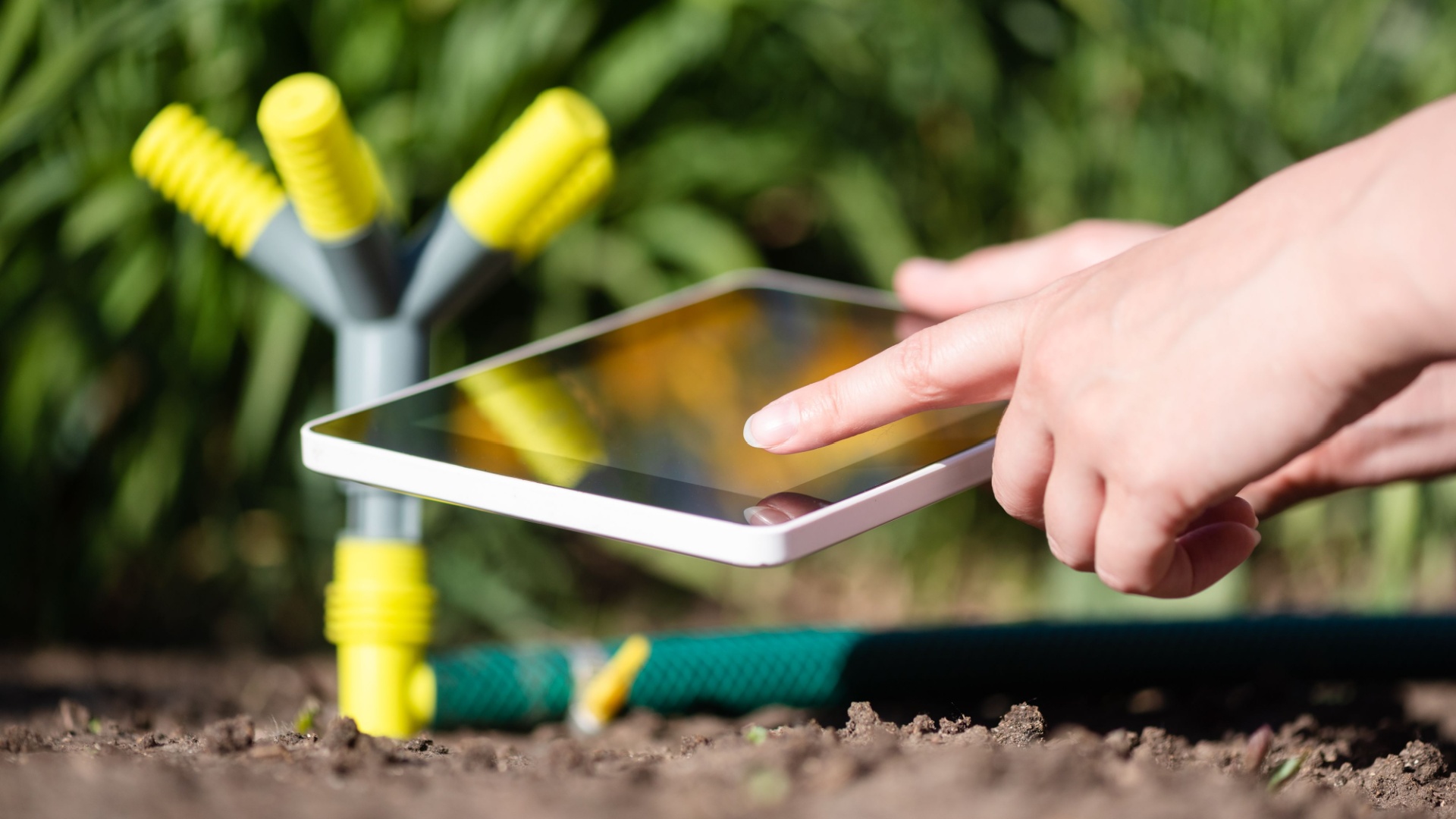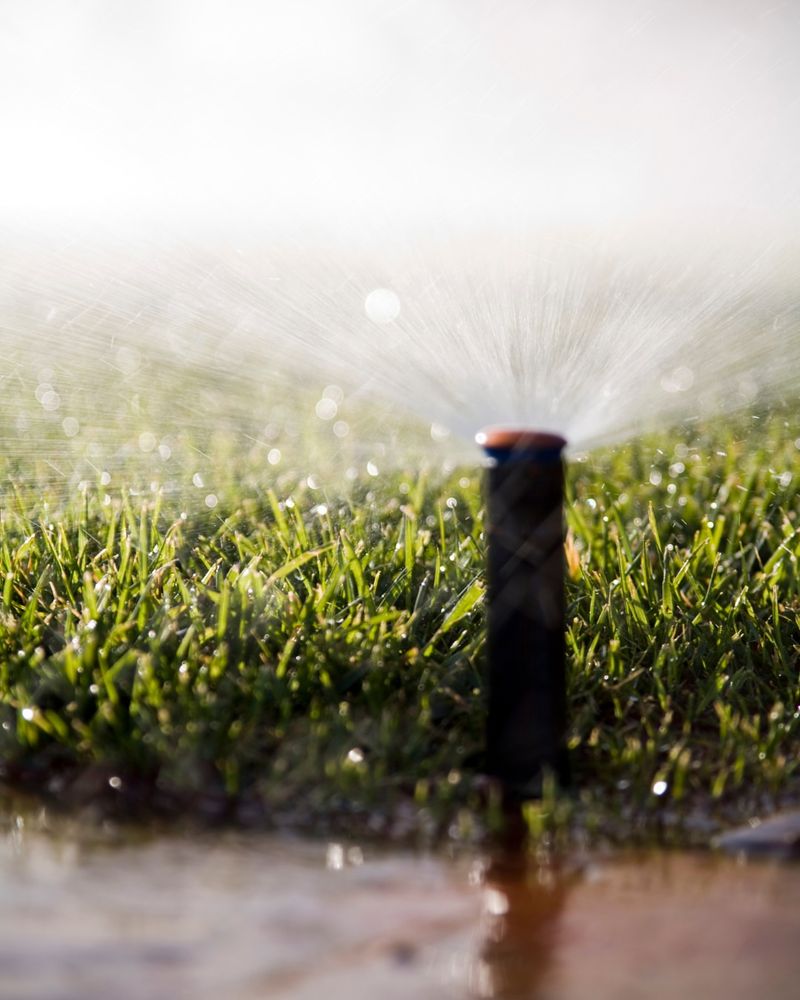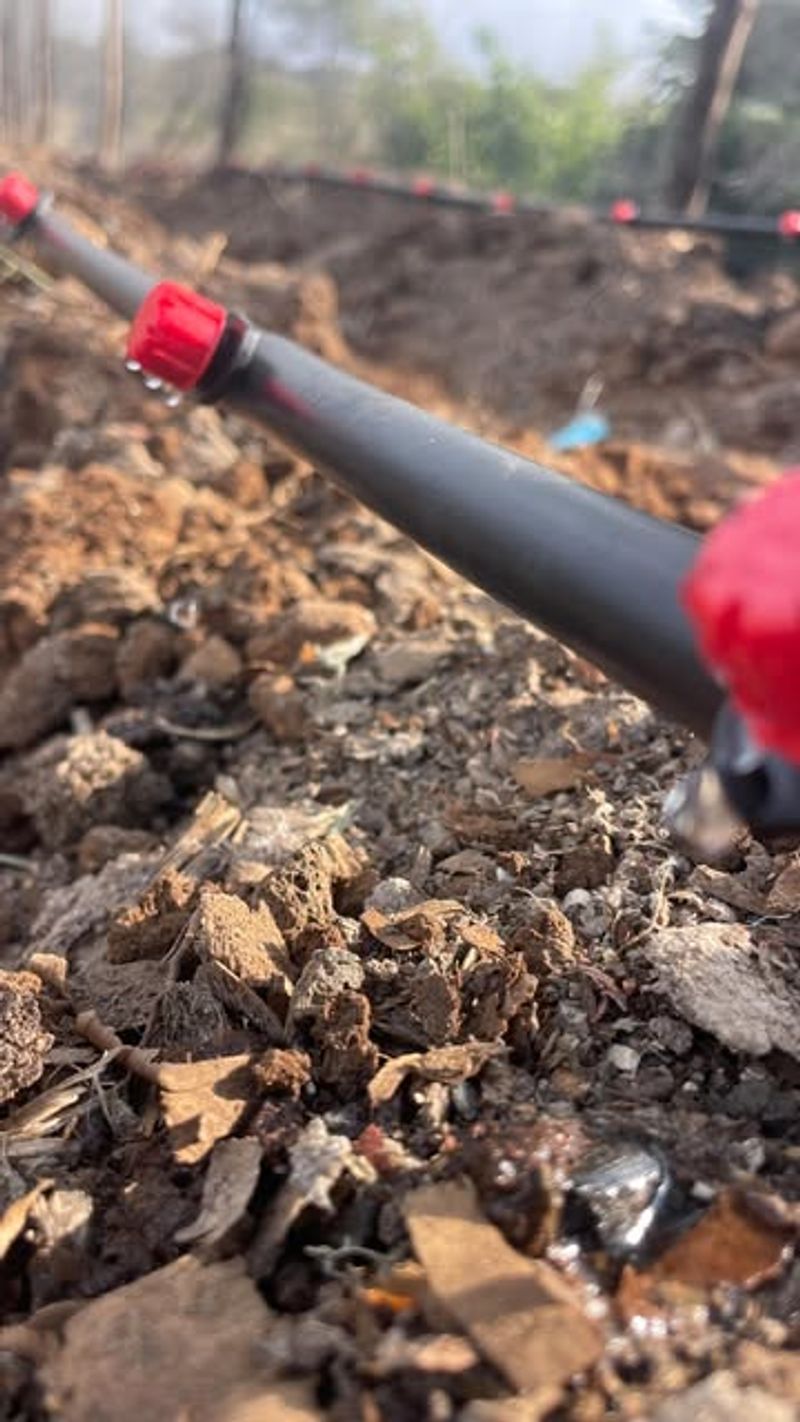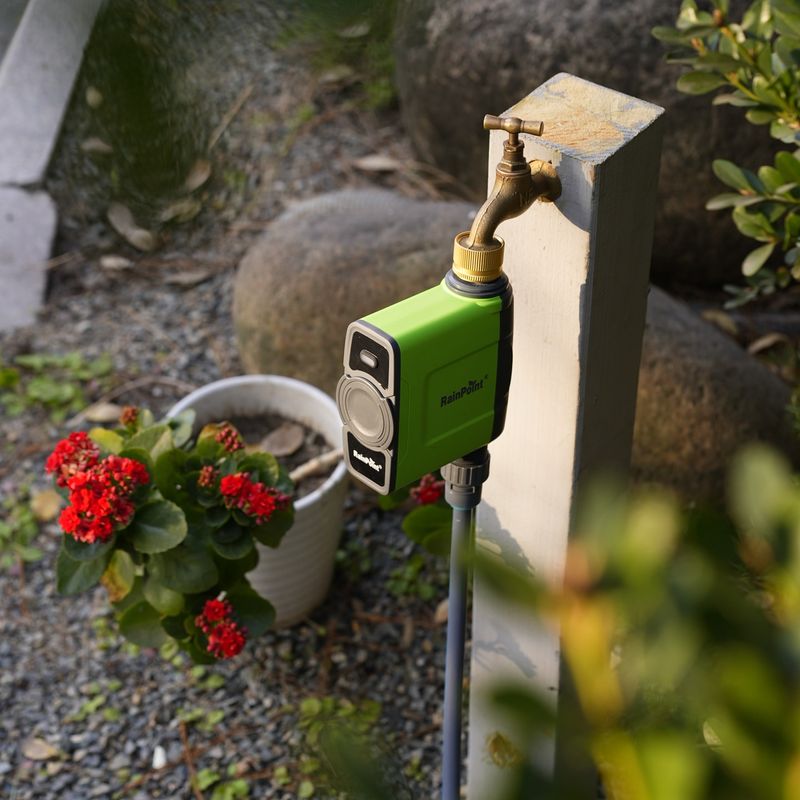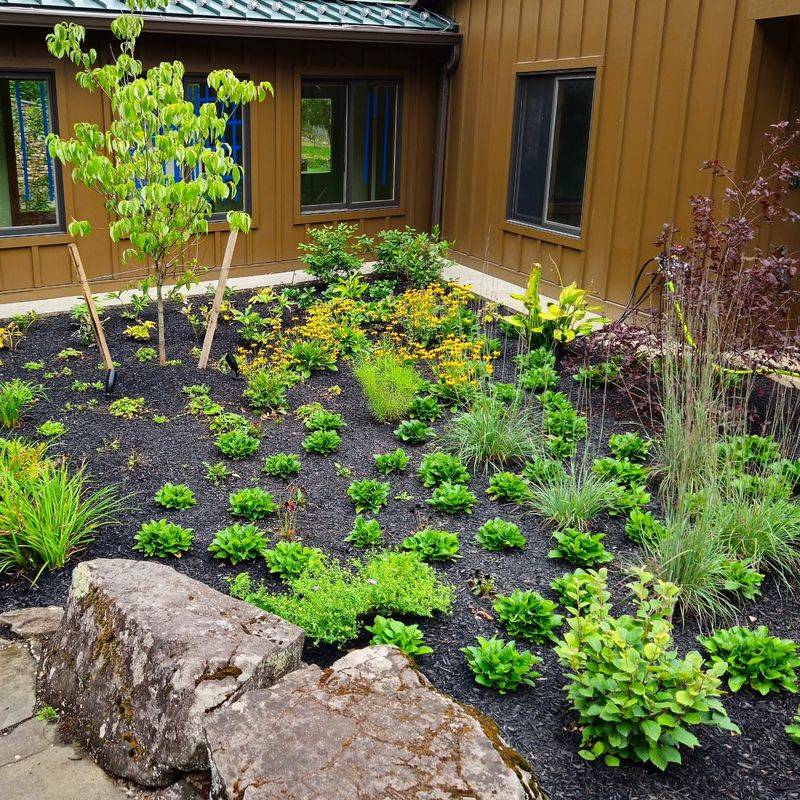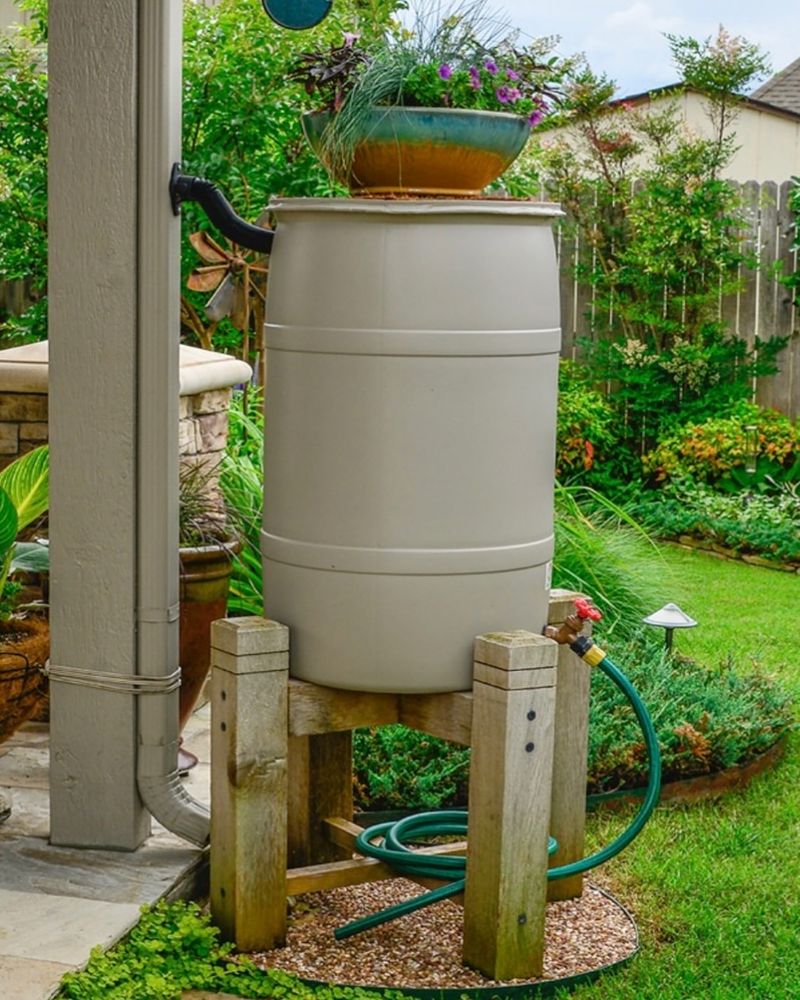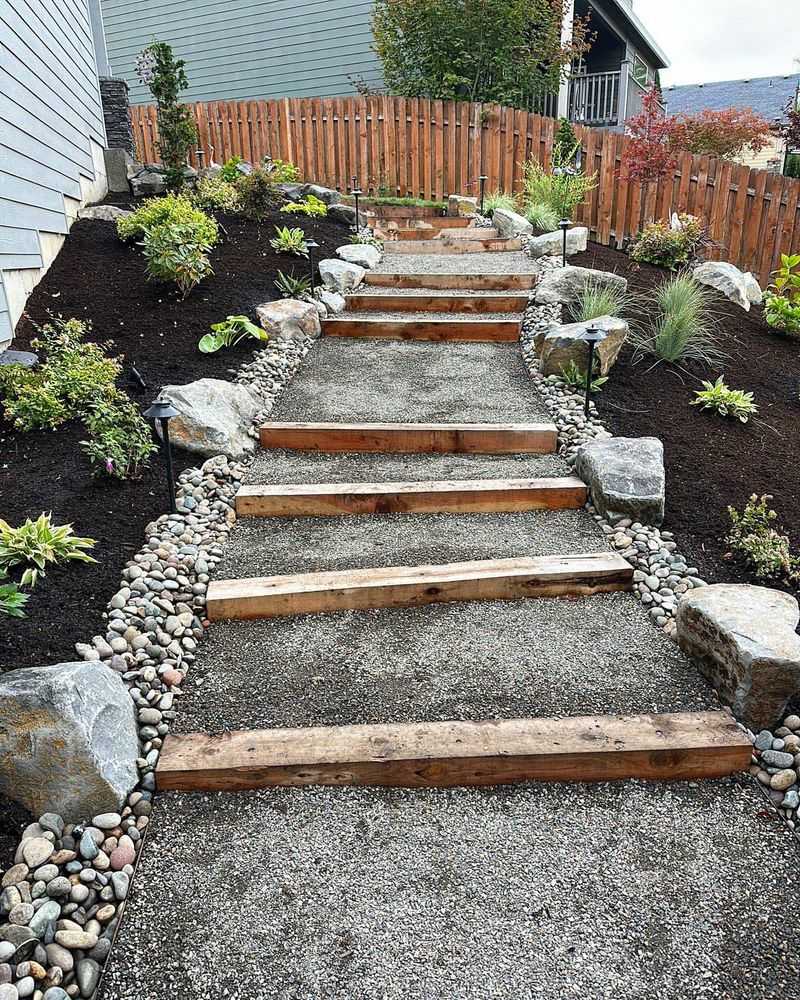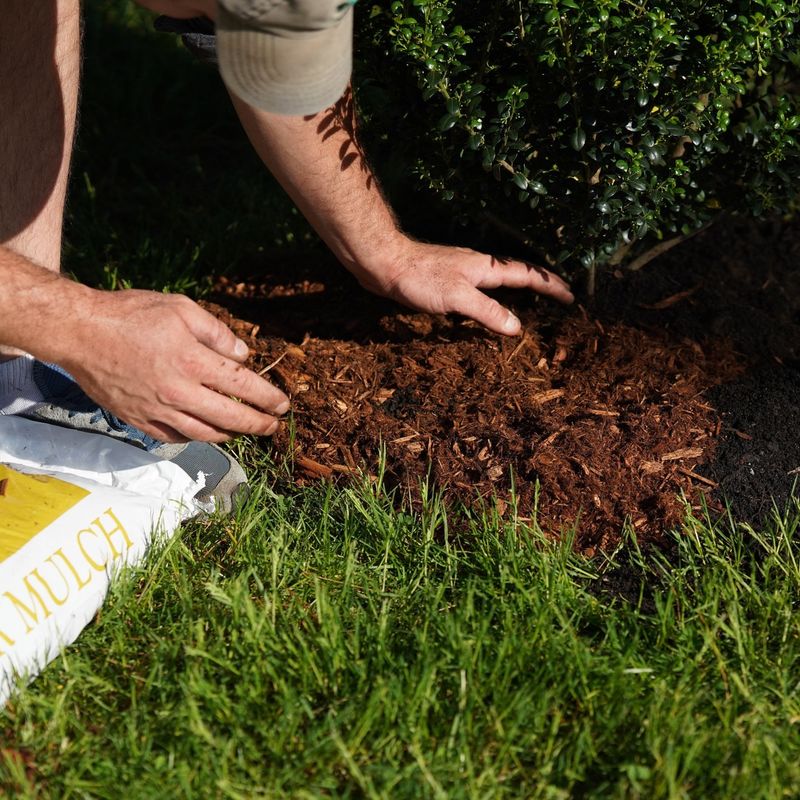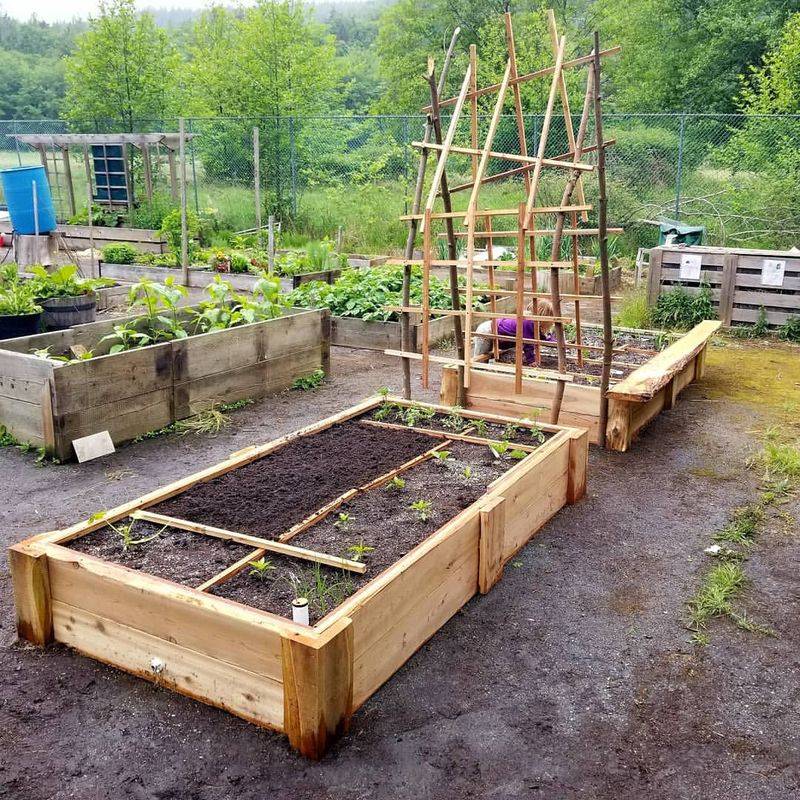Seattle’s famous rainy season can be both a blessing and a challenge for garden lovers. While natural rainfall keeps plants green, too much water at once can damage roots and wash away nutrients.
Smart irrigation techniques help Seattle gardeners work with the fall weather patterns instead of against them, saving water and keeping plants healthy through the changing seasons.
1. Rain Sensors Save Water Automatically
Rain sensors connect to your irrigation system and prevent scheduled watering when it’s already raining. Most models use small discs that expand when wet, triggering a switch that interrupts the irrigation cycle.
For Seattle gardens, these affordable devices prevent the common problem of sprinklers running during rainfall. Most sensors reset themselves once dry, resuming normal watering schedules without any effort on your part.
2. Drip Irrigation Delivers Precision
Unlike traditional sprinklers that spray water everywhere, drip systems deliver moisture directly to plant roots through small tubes and emitters. During Seattle’s wet fall months, you can adjust the flow rate to provide just enough supplemental water.
Gardeners appreciate how drip irrigation prevents fungal diseases by keeping foliage dry. The system works perfectly under a layer of mulch, conserving water while deterring weeds that thrive in our damp climate.
3. Smart Controllers Adapt To Weather Patterns
Gone are the days of set-it-and-forget-it timers! Modern smart controllers connect to local weather stations or use sensors to measure rainfall and soil moisture. They automatically adjust watering schedules based on real-time conditions in your Seattle neighborhood.
Many models can be controlled from your phone, allowing you to override settings during unexpected weather changes. Some even track water usage, helping gardeners conserve resources during our brief dry spells.
4. Rain Gardens Capture Excess Water
Rain gardens are shallow depressions planted with water-loving native species that excel at managing Seattle’s heavy downpours. They collect runoff from roofs, driveways, and lawns, allowing water to slowly filter into the ground instead of overwhelming storm drains.
Creating a rain garden requires digging out a basin and adding plants like sword ferns, salal, and Pacific ninebark. The beauty of these gardens lies in their dual purpose – they’re both practical water managers and attractive landscape features.
5. Soil Moisture Meters Guide Watering Decisions
Wondering if your garden needs water despite recent rain? Soil moisture meters take the guesswork out of fall watering by measuring exactly how wet your soil is below the surface.
Simply insert the probe into the ground near your plants’ root zones to get an instant reading. Fancy digital versions can connect to irrigation systems, while affordable analog meters work just as well for making manual watering decisions during Seattle’s unpredictable autumn weather patterns.
6. Rainwater Harvesting Systems Store Nature’s Bounty
Fall brings plenty of free water from the sky – why not save it for later? Rainwater harvesting systems collect roof runoff in barrels or larger tanks, providing chemical-free water for gardens during dry spells.
Seattle’s rainfall patterns make this approach particularly effective. A single 1-inch rainfall on a 1,000-square-foot roof yields approximately 600 gallons of water! Many local gardeners install multiple connected barrels with overflow systems to handle our generous autumn precipitation.
7. Permeable Pathways Reduce Runoff
Solid concrete paths force rainwater to run off quickly, often creating garden flooding. Permeable alternatives like gravel, spaced pavers, or crushed stone allow water to seep gradually into the soil instead.
Many Seattle gardeners are replacing traditional walkways with these water-friendly options. The results speak for themselves – better drainage during heavy fall rains, less pooling around plant beds, and reduced erosion on sloped properties. Plus, these pathways add rustic charm to any garden setting.
8. Mulch Layers Regulate Soil Moisture
A thick layer of organic mulch acts like a sponge during Seattle’s rainy fall days. It absorbs excess moisture, preventing soil compaction and reducing splashing that can spread fungal diseases.
Cedar chips, compost, or fallen leaves make excellent mulch options. Apply a 2-3 inch layer around plants, keeping it slightly away from stems and trunks. As the mulch breaks down over winter, it enriches your soil with nutrients while continuing to regulate moisture levels through our wet seasons.
9. Raised Beds Improve Drainage
Seattle’s clay-heavy soils often become waterlogged during fall rains. Raised garden beds elevate plants above this soggy reality, providing better drainage and preventing root rot during extended wet periods.
Build beds at least 8-12 inches tall using cedar boards (which resist our damp climate). Fill with quality soil mixed with compost for ideal drainage. The elevation also means the soil warms faster in spring, extending your growing season despite our cool, wet conditions.
10. Zone-Based Irrigation Addresses Microclimate Needs
Seattle gardens often contain multiple microclimates – sunny spots, shady corners, windy areas – each with different water needs. Zone-based irrigation systems divide your garden into sections that can be watered independently based on these varying conditions.
Plants under eaves might need more water despite rainfall, while areas collecting runoff need less. Creating separate zones with individual controls allows for precise watering that accounts for these differences. This targeted approach conserves water while keeping every plant perfectly hydrated through fall’s changing weather.

